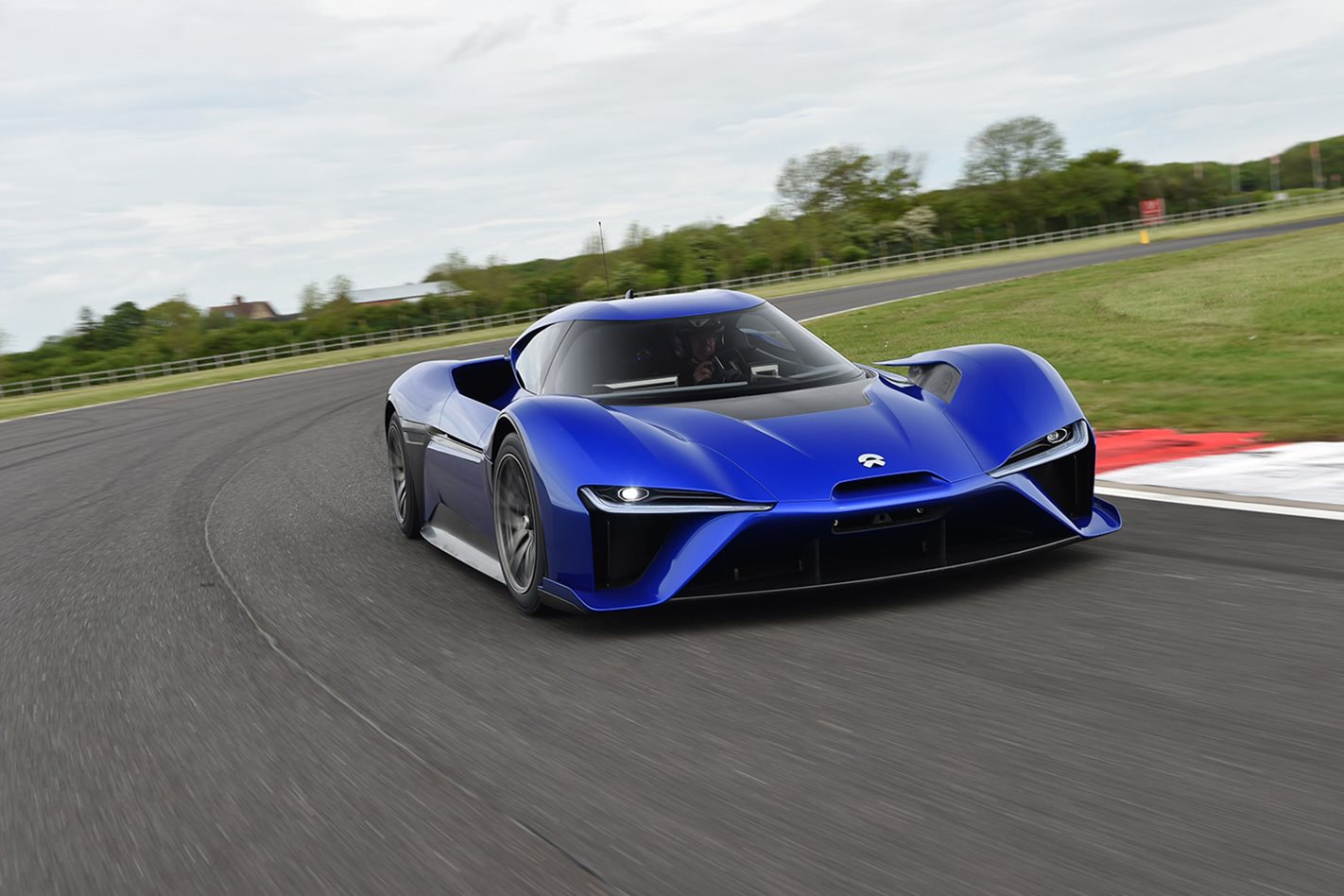This isn’t your average supercar, but just like NIO’s petrol-powered opposition, the EP9 is all about numbers.
More specifically, Nurburgring Nordschleife lap records, of which this Chinese-built vision of the future has just slashed its own best by 19.2sec. The new electric ’Ring marker now stands at 6:45.9sec.
Two days after the impressive feat, the very same car arrived at the Bedford Autodrome where we had all morning for an exclusive first drive in the world’s fastest – and quietest – corner carver.
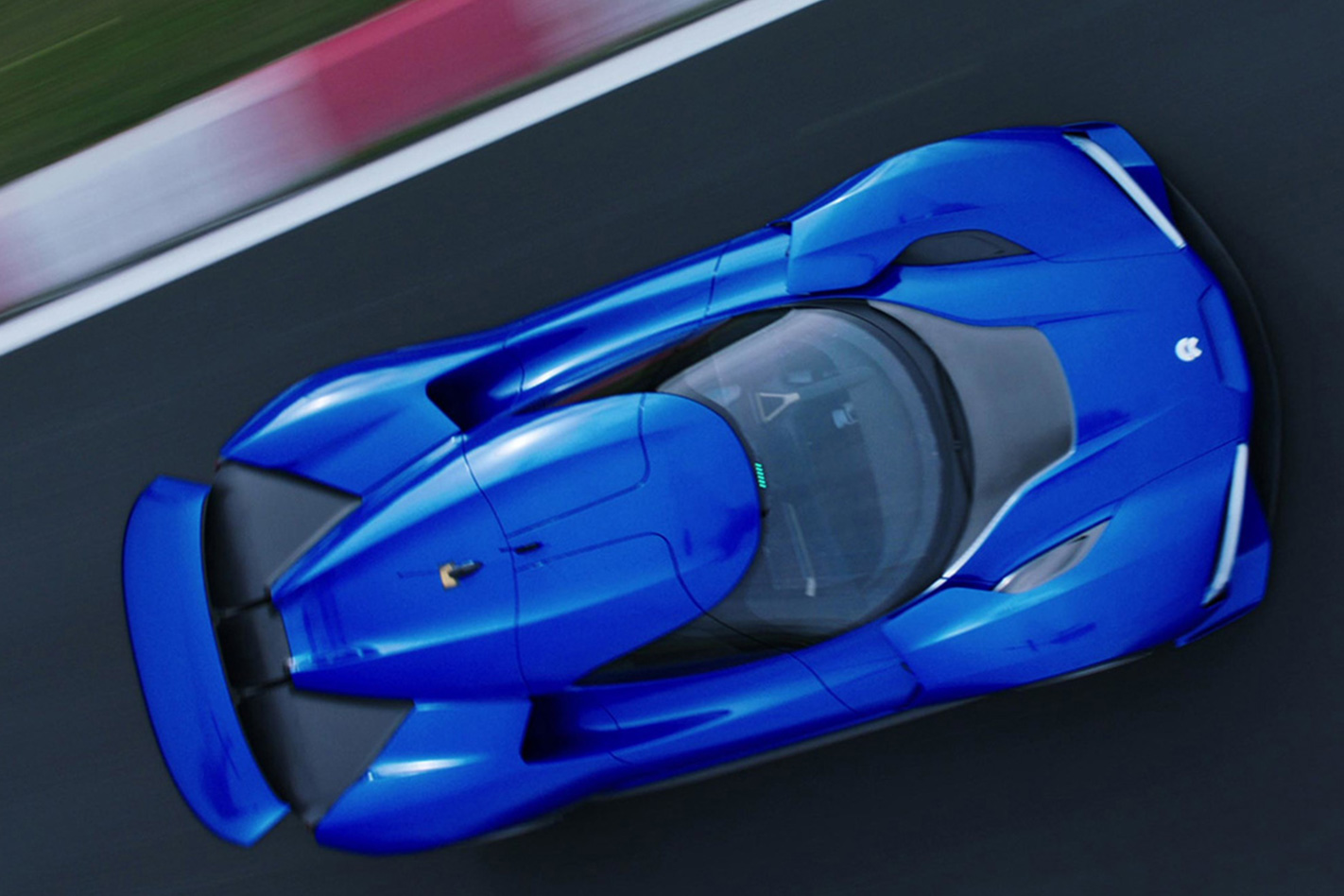
The lap makes for downright frightening video taken from the on-board cameras. And now it’s my turn to get behind the wheel. The seat fitting awaits, and it doesn’t go well. If this carbon-fibre garment was a suit, the buttons would have popped off. The seat turns out to be a naked, non-adjustable carbon-fibre bucket.
Where there once was cushion it is now the same slippery protection foil used on the sills and down in the footwell. The meat in this hard-baked composite sandwich is yours truly, a 6’8” scribe – and that’s before putting on a helmet and securing the HANS (head and neck support) device.
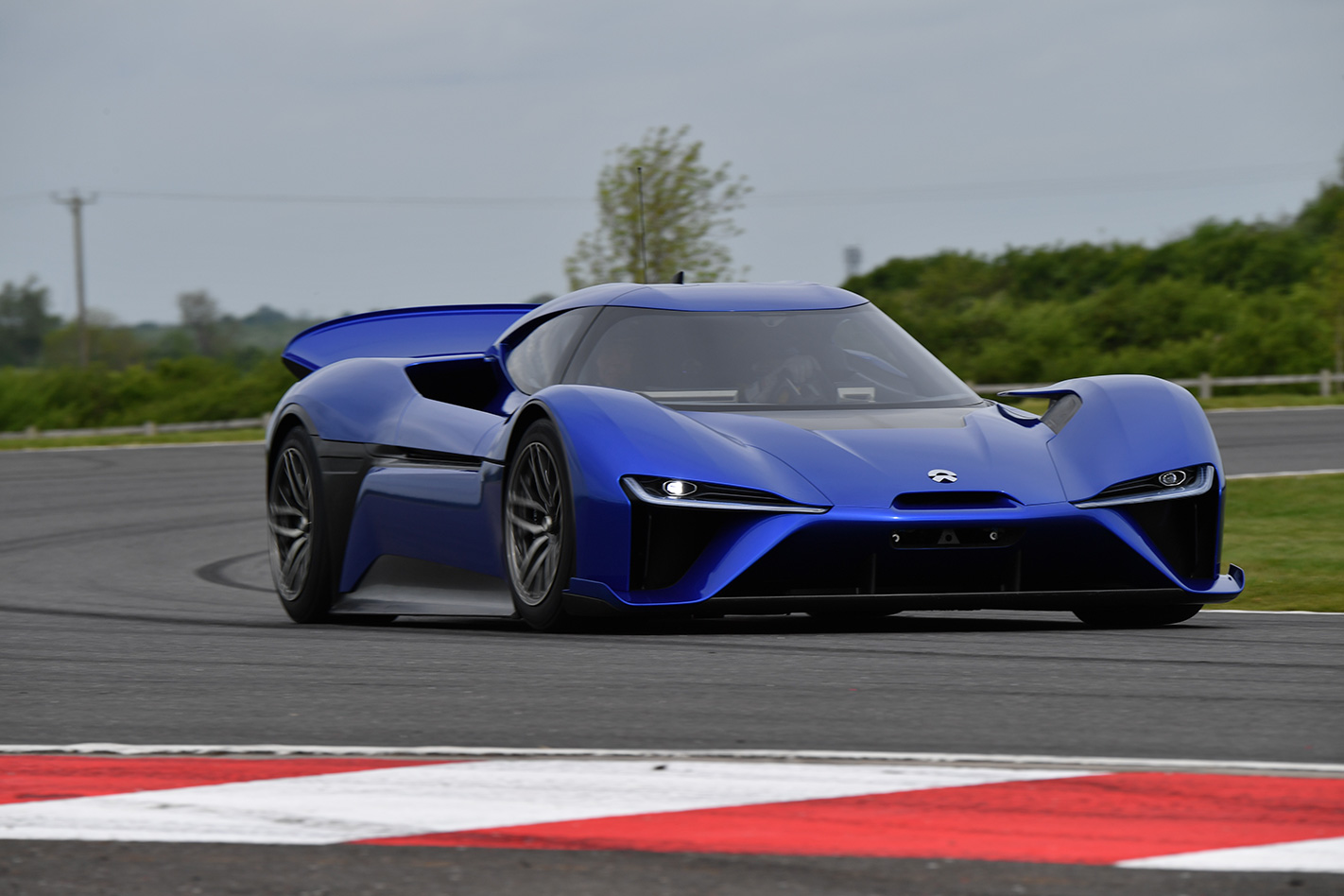
As it turns out, the diminutive, happy-go-lucky driver is a seasoned former racer. Ahead of me is a full-width rectangular display, while further to the left three more monitors begin to glow, one of which is attached to the steering wheel. Six green lights atop the windscreen signal to the mechanics that the high-voltage system is active and ready to go.
The so-called Grand Prix circuit is a 6.1km serpent which worms across what once was a military airfield. Given I have zero knowledge of Jonathan Palmer’s adventure park, I’m thankful for sighting laps and tuition via intercom.
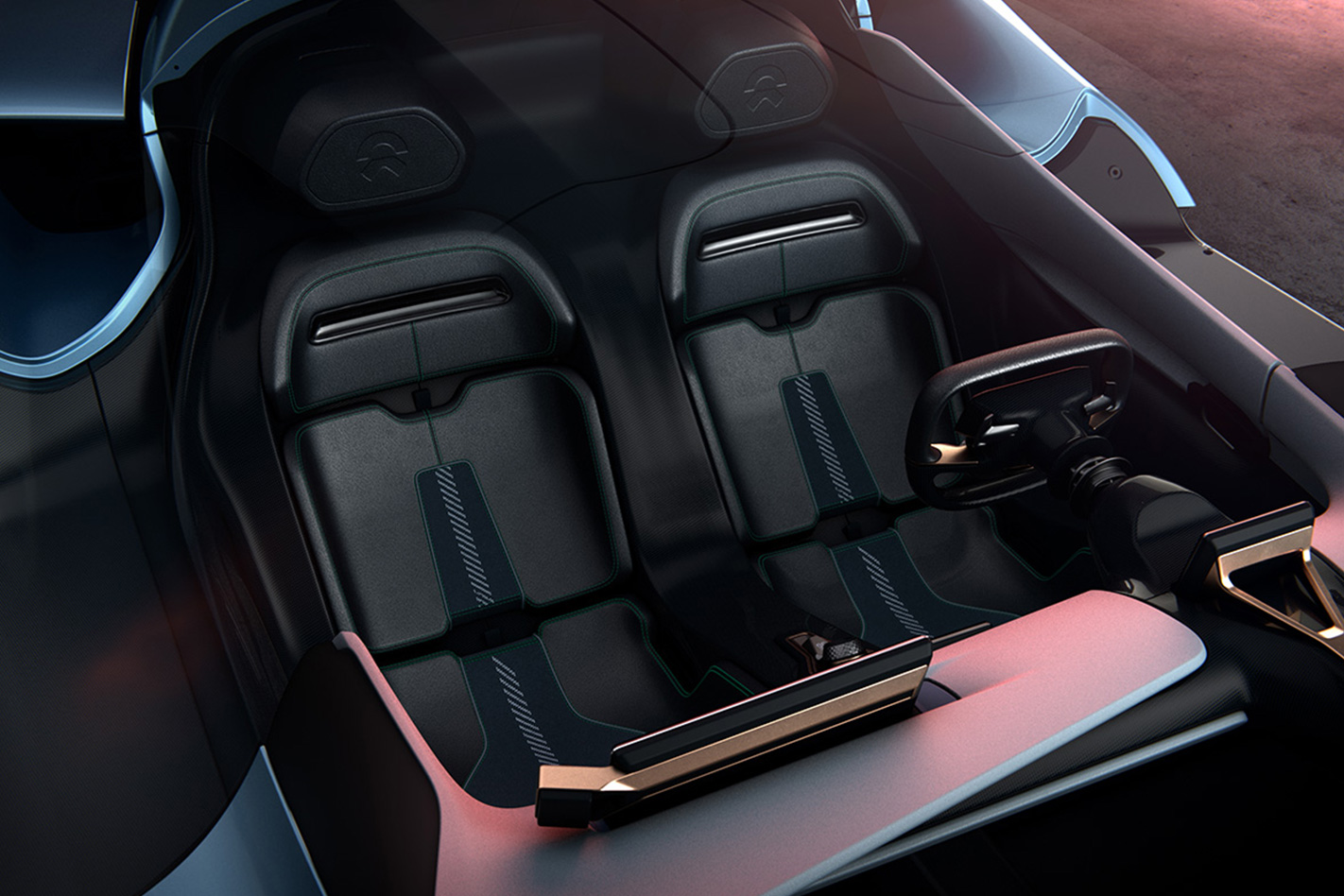
Okay, it’s true a Bugatti Chiron is even quicker off the mark – and not to mention its maximum speed and driving range – but for a pure electric vehicle, the NIO is simply mind bending. And that’s before even beginning to comprehend the 1000kW power output and the massive 1480Nm torque peak.
On track that instant power feels otherworldly. Out of the blue my trusty driver slips the EP9 into total attack mode. While cerebrum and cerebellum are contesting a corner-by-corner boxing match, my spine is fighting a losing battle against the low ceiling while the shockwaves from below and the g-forces (up to 2.21g) are taking a toll on mind and body.
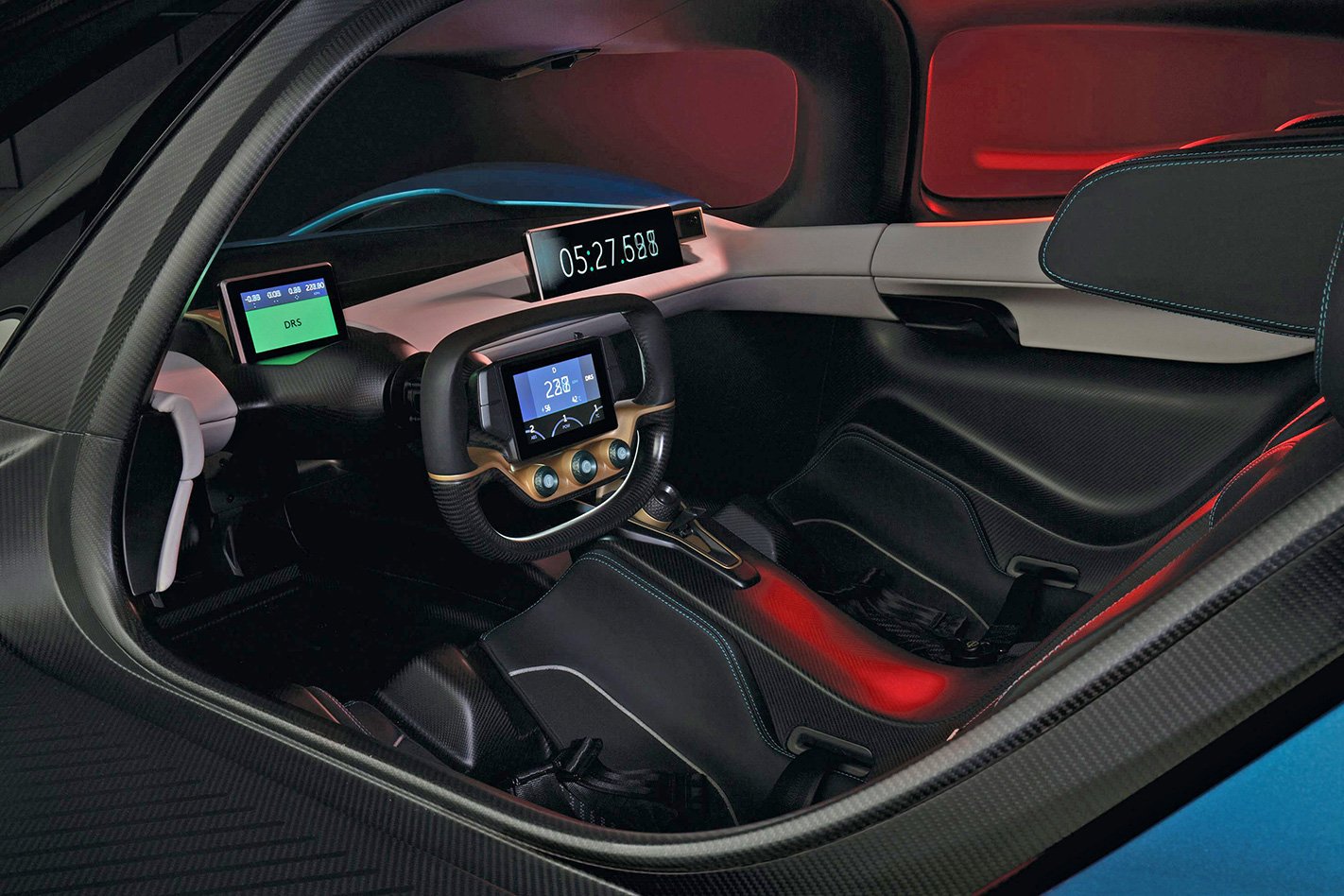
In theory the sardine should fit in the can, however, the reality is that the seat acts like a slide, spooning the body into an embryonic driving position. Bum too far forward, legs at awkward angles and a head fixed into place by the HANS device which all compromises the field of vision.
Essentially it’s human origami and help is certainly needed to get the four-point belt tight. Through the intercom I can hear myself wheezing, but with a bit of luck, I should at least better my own lap time set earlier in a Skoda Octavia rental car.
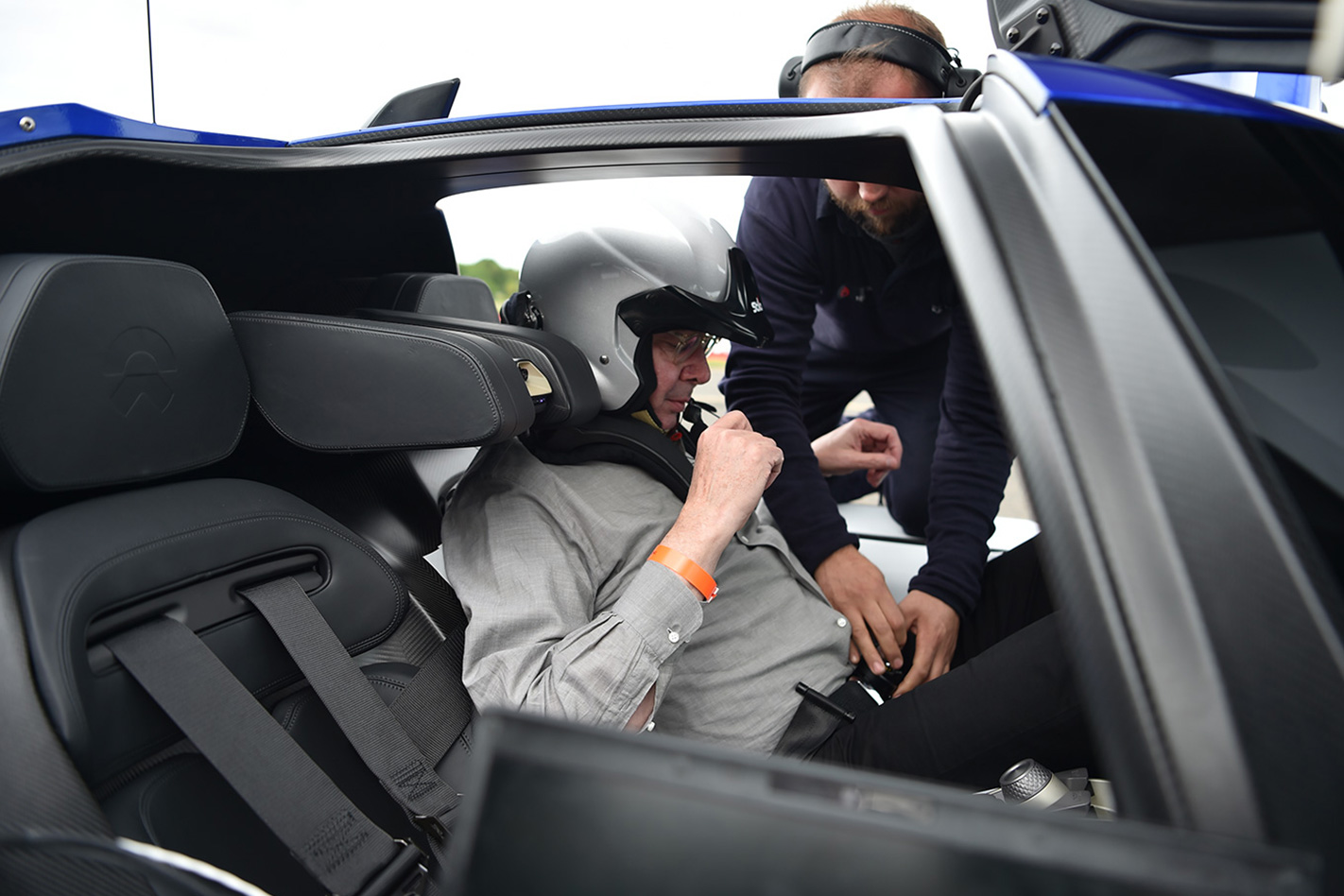
What really makes the mind boggle is the alien noise from the intermittent driveshaft clutter, transmission whine and the drumming of the tyres. Oh, and the four electric motors – two up front and two at the back.
The EP9 provides power in its most pure and simple form: On or off, forward or reverse. No gears to select but neutral, no driving programs to choose from, no torque vectoring and no chassis-related trickeries like rear-wheel steering or active anti-roll bars. Braver men might play with the brake balance, ABS intervention and ESP assistance, but not I.
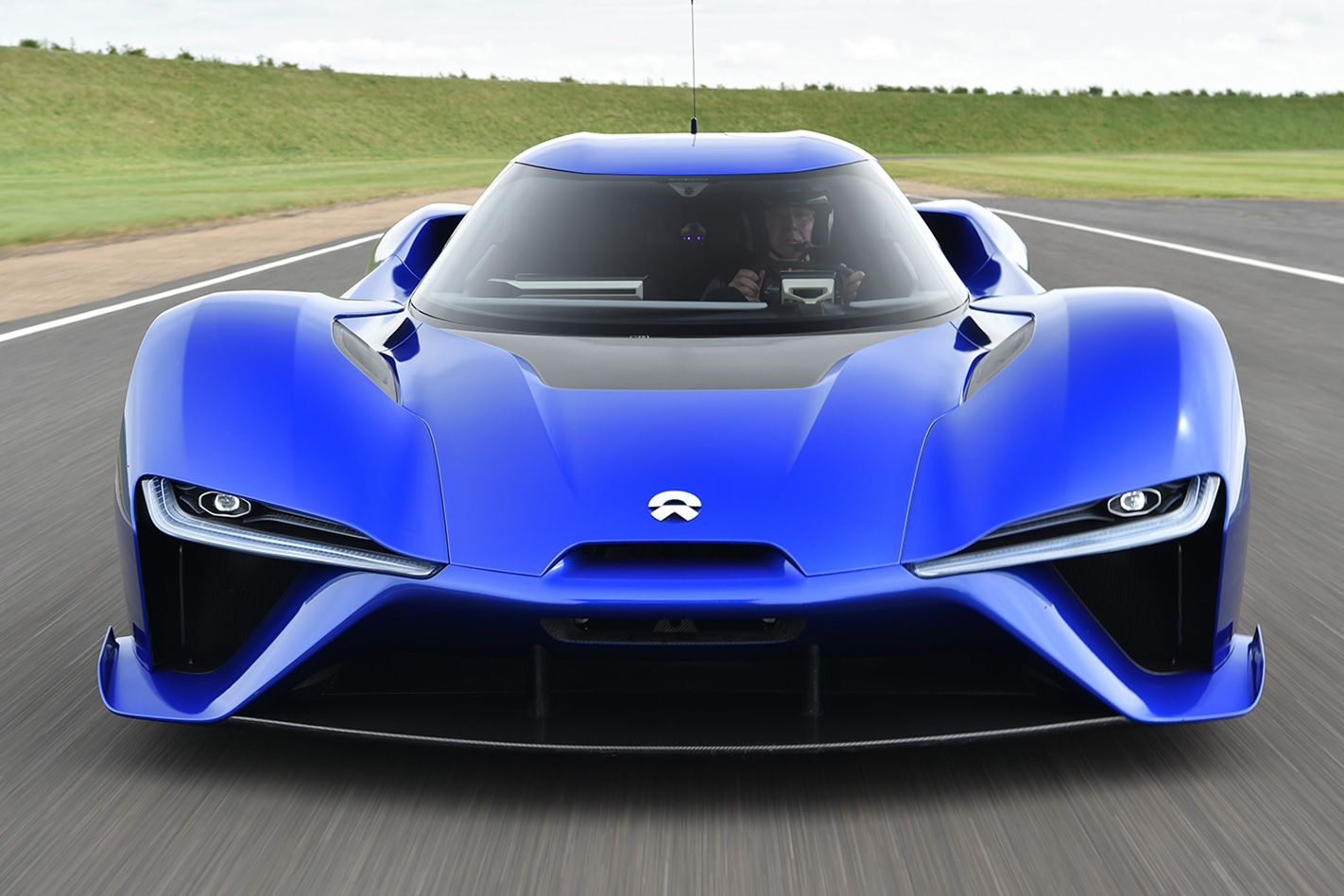
Although the pedal effort required to make the cooled off Alcon discs perform is significant, the deceleration is absolutely mental. You have to tell yourself all the time not to overdo it. After some familiarisation laps the power is increased from 270 to 380kW – per axle.
That’s still some 240kW short of the NIO’s ludicrous mode. Everything is happening faster now; corners approach at warp speed and the steering becomes physical (to cool the batteries, driveline and cabin you need to have a decent amount of speed on board).
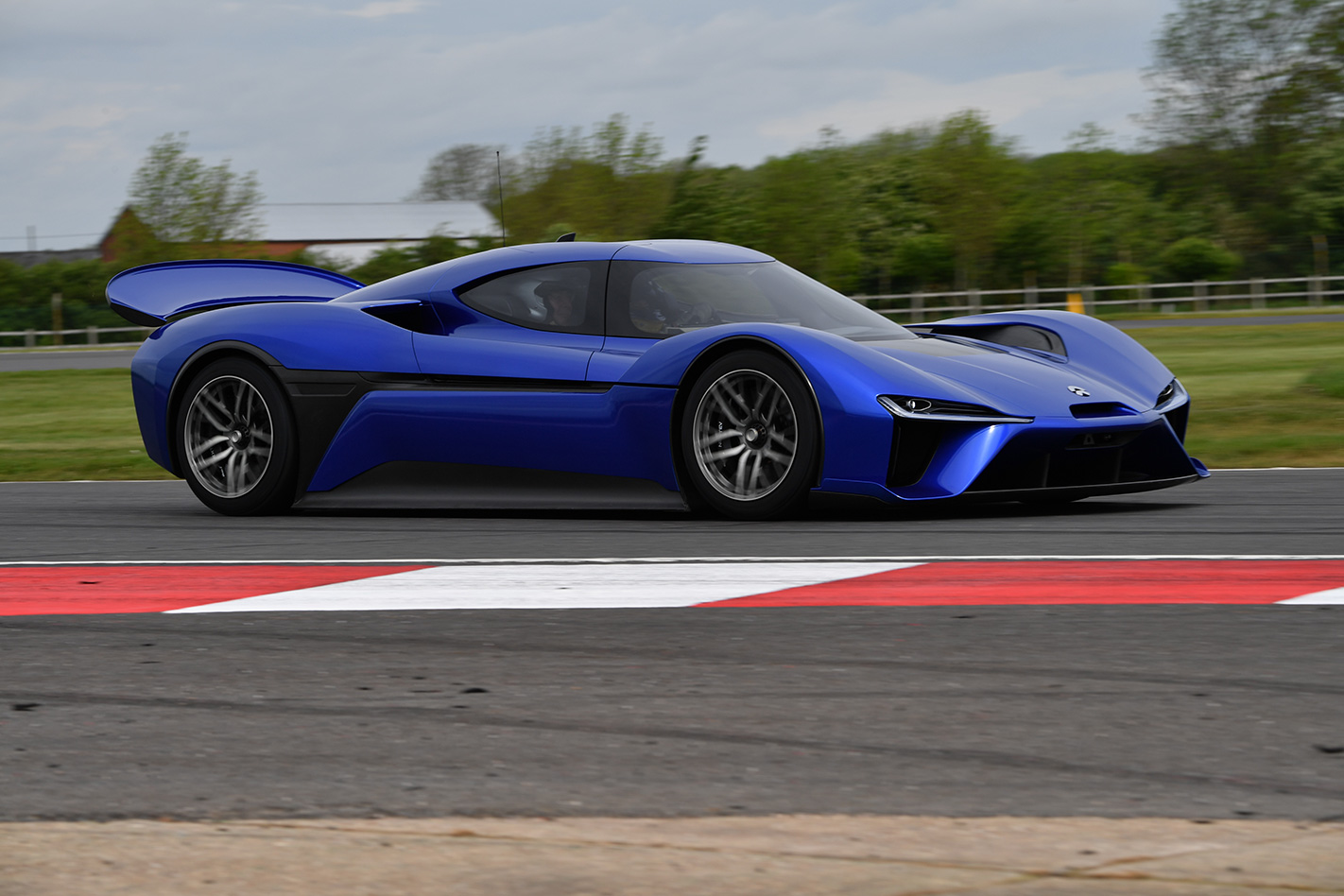
The cornering grip is simply out of this world and the adjustable downforce has a lasting slam-dunk effect. Directional stability is also akin to a full-size slot-car while the ride height and body movements are kept in check by a hydraulic system. Yes, the ride quality is bone-rattling and the visibility ranges from okay (straight ahead) to non-existent, but the NIO EP9 is, by nature, hardcore.
It’s totally electrifying and in no way street legal. It’s a visitor from a different galaxy. One twist of the belt buckle releases the harness – what a relief. While the ECU logs out byte by byte, the steering-wheel monitor tells us that the range dropped from 478km to 269km after a mere five laps. The charge fell from 100 to 55 per cent.
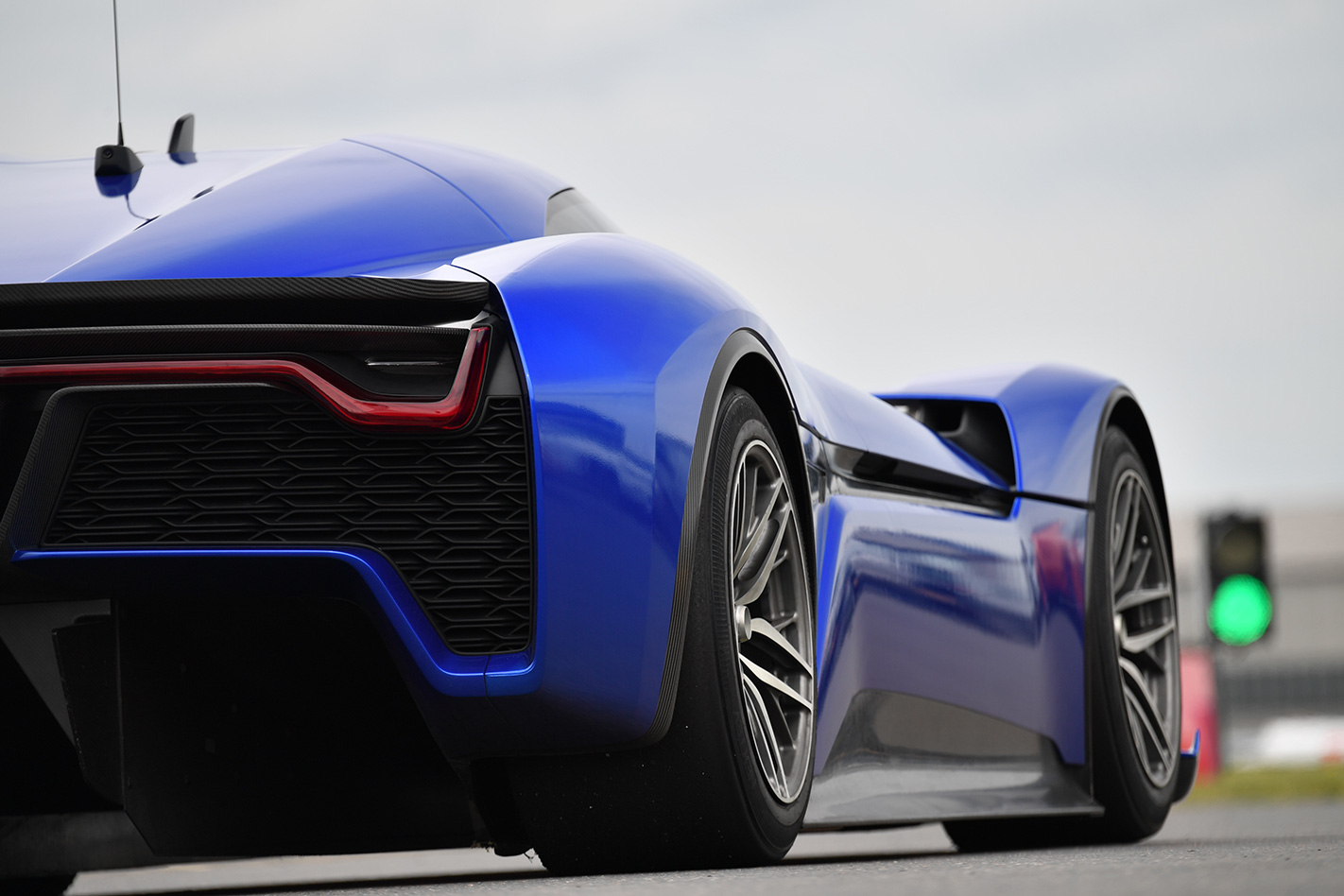
Whether or not the EP9 will ever be converted for road use is yet to be decided. NIO staffers simply shrug their shoulders when asked the question. However, such a move would require a more user-friendly, ideally inductive, charging concept.
Airbags would also have to be added to meet even the most basic crash-protection requirements and filling the extra-large sills with lithium-ion batteries would cause massive problems as far as side-impact performance is concerned. Even firm believers in the electric revolution can’t ignore these and other safety hazards like potential overheating issues, extreme cable diameters, battery degradation and looming surges.
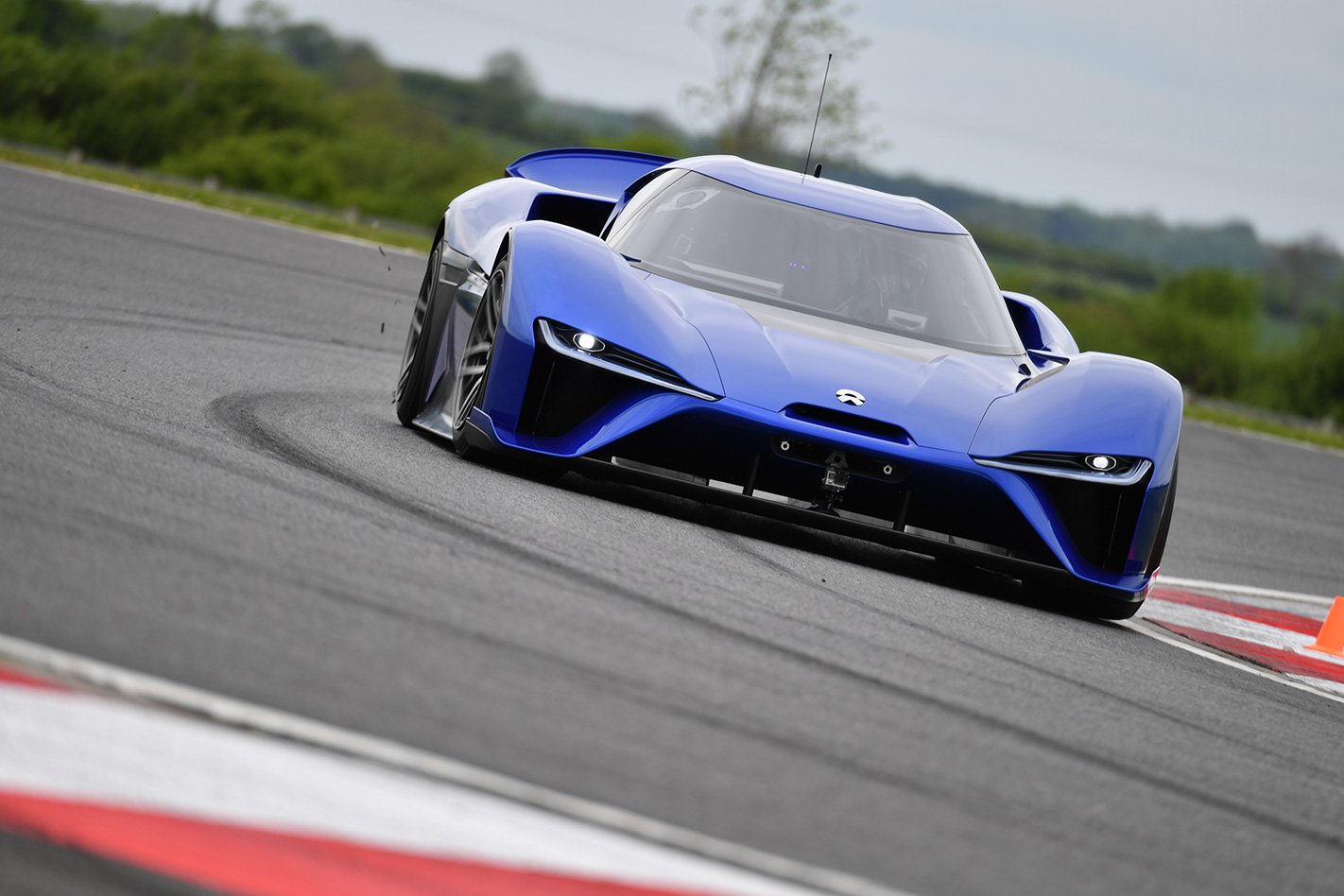
Then you have to addon the incidentals like spare batteries, special toolkits, a high-voltage charger and qualified personnel to operate this PlayStation. Now that the biggest shareholders have taken delivery of their personalised track-specials, it was decided to manufacture a second batch of 10 cars – all of which have, allegedly, already been sold.
Next on the agenda for NIO is the still highly provisional, re-engineered and road-ready EP9 evolution model, of which between 50 and 250 units could be built. Although there are still a lot of ifs, buts and maybes hovering over this project, NIO wants to keep all options open and use this silent e-hammer primarily to boost its image and brand awareness.
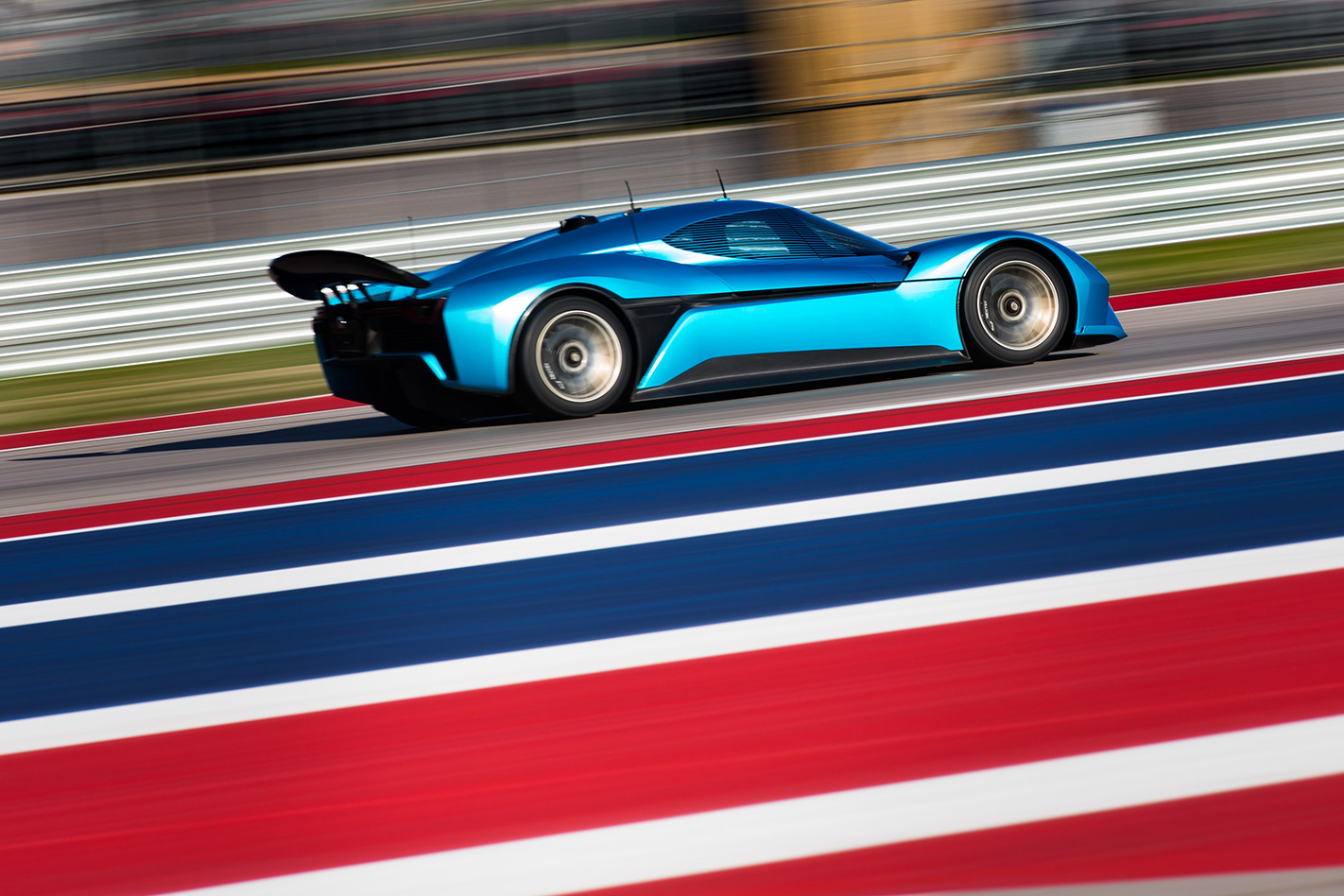
If all goes according to plan, stakeholders like Bitauto (digital services), Tencent (internet, social networks and media) and Lenovo (laptops and smartphones) will use future models like the almost production-ready NIO ES8 (an SUV that is set to be a Tesla Model X fighter) for marketing purposes.
It’s all simply another way of saying that the future is no longer the future, it’s here now. And the NIO EP9 is doing a remarkable job of promoting it.
4 stars out of 5 Likes: Staggering performance and handling Dislikes: Cost; limited build; range; ride quality
2018 NIO EP9 electric supercar specs: Engine: electric powertrain Power: 1000kW Torque: 1480Nm from 0 to 7500rpm Weight: 1735kg Suspension: active suspension; 4-way adjustable dampers; hydraulic active third actuator for ride-height control L/W/h 4888/2230/1150mm steering electronically assisted rack-and-pinion Price: $2,000,000 (estimated AUD)

